Stay Seated
The roller coaster was called Lightning. A sleek steel serpent of a ride, it began with a slow, suspenseful climb to the top of a 590-foot peak—nearly twice the height of the Statue of Liberty. To achieve that elevation, the engineers had to build a 200-foot artificial hill underneath it because the coaster supports themselves couldn’t go any higher without collapsing under their own weight.
From the summit, the train would plunge down at a nearly vertical angle, reaching a top speed of 153 miles per hour—faster than a skydiver in freefall. And then, in its most breathtaking moment, the track simply... ended. The coaster launched off into open air like a bullet from a gun. No turn. No brake run. No return. Just a soaring arc through the sky before slamming into whatever happened to be in its path.
Miraculously, park guests lined up for this ride again and again. No lawsuits. No headlines. No cleanup crews.
Because Lightning wasn’t real.
It existed only in the pixelated universe of Roller Coaster Tycoon, and it was proudly designed by 11-year-old Corey—who, sitting behind his family’s clunky desktop computer, found it absolutely hilarious to send tiny digital passengers hurtling through the air like Olympic ski jumpers.
Of course, in the real world, roller coasters don’t work that way. They can’t. The laws of physics—and the lawyers—would never allow it. Real roller coasters are engineered with painstaking precision and layers of redundant safety systems, all with a singular mission: keep people in the train.
That’s it. That's the whole job.
Every lap bar, seat belt, over-the-shoulder restraint, and hydraulic locking mechanism is designed with one principle in mind: humans do not belong outside the ride vehicle once the train starts moving.
Because at 80 miles per hour, a human body is not aerodynamic. Because at 4 Gs of force, even the fittest person can’t hold themselves in place. Because a 90-foot drop isn’t just thrilling—it’s deadly without the proper restraints.
The engineers know this. So do the ride operators. And statistically, the system works.
According to the International Association of Amusement Parks and Attractions (IAAPA), the chance of being seriously injured on a fixed-site amusement ride in the U.S. is about 1 in 15 million. Fatalities are even rarer—fewer than 4 per year on average across the entire country. But when they do happen, roughly half of all ride-related fatalities are attributed not to mechanical failure or operator error, but to rider behavior: standing up mid-ride, bypassing safety restraints, ignoring posted rules, or trying to exit prematurely.
In other words, the ride itself is rarely the problem.
The danger lies in trying to override it.
And now, finally, we come to the part of the story that isn’t about roller coasters at all.
Because markets, too, are designed with motion in mind. They rise. They fall. They twist and convulse and go hurtling through unexpected turns. If you stare only at the track ahead, it might look like you’re heading for oblivion. But history tells a different story.
Over time, the market has always moved upward. Not in a straight line. Not without dips and jolts. But for those who stay seated—those who ride out the fear, the headlines, the temporary chaos—the destination has always been higher ground.
The people who get hurt are the ones who try to stand up. Who jump out halfway through. Who assume that a dip is a sign of doom and bail out at the worst possible moment.
It's tempting, especially when the train is clattering up a steep hill and you're not sure what comes next. But if you’re buckled into a sound investment plan—one designed for the long haul—the best thing you can do is simple:
Stay in your seat.
Because this ride, wild as it may be, was built to carry you somewhere.
And almost without fail, if you stay put… you’ll get there.
